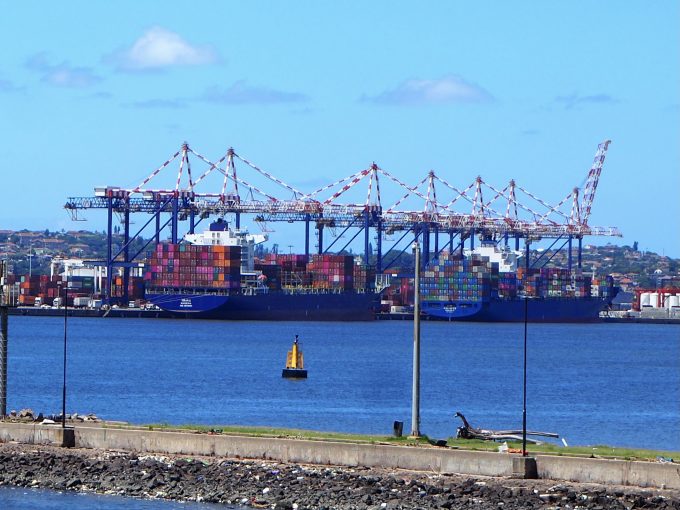Time to reverse 'decade-long decline' in South African logistics
The continuing loss of transhipment cargo “reinforces the picture of a decade-long decline” in South ...

From Durban’s shoreline, the immediate horizon of the Indian Ocean is still decorated with freight vessels on anchorage, waiting for berthing slots in South Africa’s largest port, a legacy of several months’ of port congestion. Although it was hoped the backlog could be cleared by ...

Comment on this article